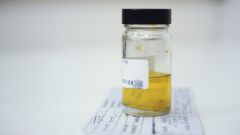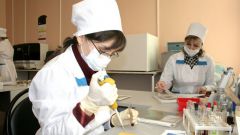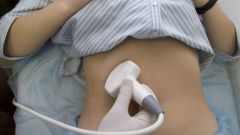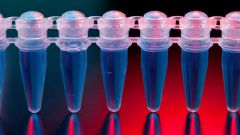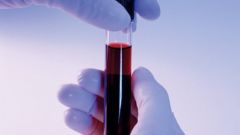Instruction
1
The evidence for the purpose of the study are: diagnosis of acute and chronic diseases of the urinary system (urinary tract infections, cystitis, pyelonephritis, glomerulonephritis); dynamic observation of the course of the disease; monitor the effectiveness of treatment and others.
2
For analysis it is necessary to collect the morning middle portion of urine. Hygiene after the morning toilet of the external genitalia the patient begins to urinate in a glass jar first, and then continues into the second sterile container and finishes in third. All containers should be sterile and clean. The large amounts of urine must be in the second Bank. Obtained urine sample is poured into a vacuum tube (special tube holder for urine sample). You can buy in the pharmacy or to the study in the diagnostic center.
3
In the clinical diagnostic laboratory shipping analysis is carried out for 24 hours at a temperature of +2+24. The duration of studies is 1.5-2 hours. In the analysis of urine on Nechiporenko laboratory doctor determines the number of leukocytes, erythrocytes, and cylinders using special counting chambers. Standards of urine. leukocytes – less than 2000 in 1 ml of urine; red blood cells – no more than 1000 in 1 ml of urine; cylinders – no more than 20 in 1 ml of urine. The doctor evaluates the results of the analysis, diagnoses, and if necessary Commission further research, and also selects a course of treatment if the diagnosis.
4
For the differential diagnosis between pyelonephritis and glomerulonephritis, it is important to elucidate the extent to which the prevalence of leukocyturia or hematuria. Usually, when chronic or acute course of pyelonephritis in the urine of the patient is determined a considerable increase and predominance of leukocytes. In patients with glomerulonephritis in the urine is dominated by erythrocytes. Increasing the number of cylinders found in diseases such as hypertension, valvular heart disease, heart failure, gout and others.
Note
The analysis of urine on Nichiporenko is laboratory examination of urine, which enables the Clinician to assess the condition of the kidneys and urinary tract. Cylinders - no more than 20 to 1 ml of urine ... How to pass urine on Nichiporenko? After the morning toilet of the genitals is necessary to collect the middle portion of urine.
Useful advice
Urine analysis according to Nechyporenko usually appointed after the General analysis of urine, if the clinical analysis revealed deviations from the standards. The analysis of urine on Nichiporenko will allow more detailed study of these disorders for a proper diagnosis. Before collection of urine necessary to produce hygienic toilet of genitals. Women are advised not to pass urine during menstruation.


